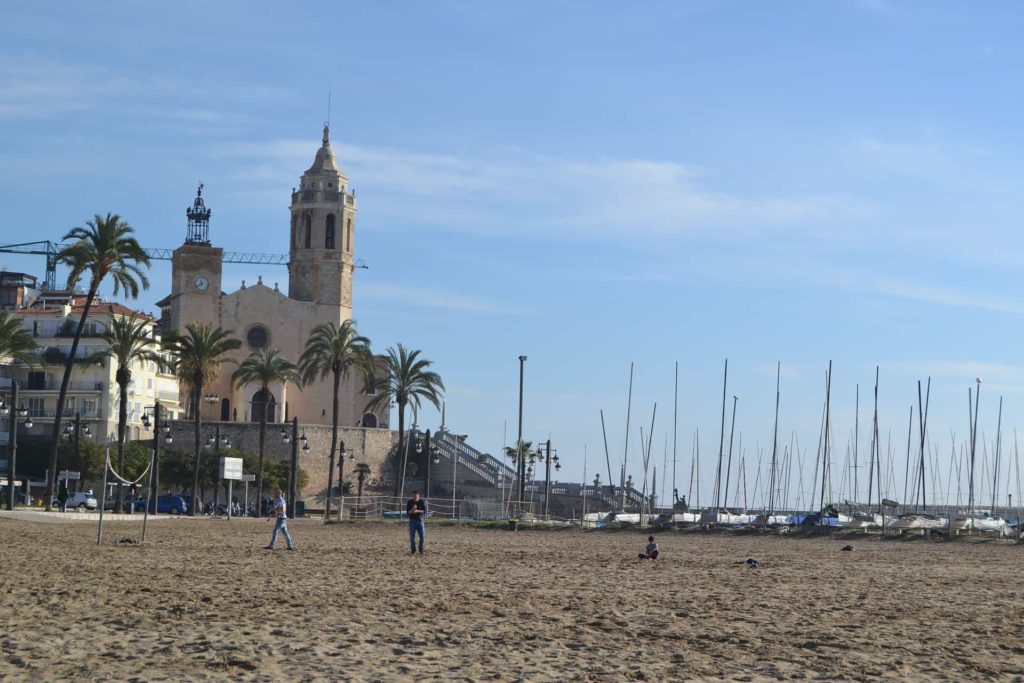Barcelona
.Batllo House
An art legend recognized by UNESCO
Antoni Gaudi the architect of Casa Batllo told once «There are no straight lines or right angles in nature. Therefore, buildings should not have straight lines or right angles.»
Casa Batlló, Antoni Gaudí’s masterpiece and a benchmark of modernist style, has emblematic spaces for holding all types of events, such as a black-tie dinner, a cocktail evening, a presentation, a meeting, a dramatized visit, etc.
.Hidden Cloister
Barcelona Cathedral, known as La Seu, is in the Gothic district (Barri Gotic) .There was a Roman basilica here in the 4th century. The present building was begun in the 11th century and carried on over hundreds of years. The cloister dates from the 14th century cloister and has 13 geese, one for each year in the life of the Santa Eulalia (a Christian martyr tortured and killed by the Romans). The cloister has a delightful fountain and some garden plants.
.Montserrat
In 1025, Oliba, Abbot of Ripoll and Bishop of Vic, founded a new monastery at the hermitage of Santa Maria de Montserrat. The little monastery soon began to receive pilgrims and visitors who contributed to the spread of stories of miracles and wonders performed by the Virgin.
In 1409 the monastery of Montserrat became an independent abbey. From 1493 to 1835, a period in which the monastery underwent great reforms, growing and increasing in splendor, Montserrat was part of the Valladolid Congregation.
.Sitges . In search of the «indiano» catalans
Today’s a luxury and quality destination to spend vacations. It’s sportif port, it’s luxury restaurants.
A town about 35km southwest of Barcelona, in Catalonia, renowned worldwide for its Film Festival and Carnival.
While the roots of Sitges’ artistic reputation date back to the late 19th century, when painter Santiago Rusiñol took up residence there during the summer, the town became a center for the 1960s counterculture in mainland Spain, in Francoist Spain, and became known as » Ibiza in miniature. «
Malvasia is a delicate liquor wine served in Sitges, primarily with dessert. The name “malvasia” comes from the Peloponnesian port Monemvasía. In Sitges, the Hospital Sant Joan Baptista continues to produce and marketing malvasia according to the traditional method from its own vines and within its own cellars.
.Santes Creus & Poblet Monasteries. Perfect combinations of Cister routes
the Cistercian Route is the only path that connects the three monasteries of this order to most emblematic New Catalonia: Santes Creus, Poblet and Vallbona, located in the counties of Alt Camp, the Conca de Barberá il’Urgell respectively.
. Gandesa Modernism Jewels; Wine Cathedrals
The town is the seat of the regulatory Council of the Terra Alta appellation of origin, with an important activity of wine production, as well as the cultivation of rainfed cereals, almond and olive trees. in farms and cellars built in modernist style very interesting.
On your visit to Gandesa you can not miss La Fontcalda, a source of mineral-medicinal water that leaves 38 degrees from the Canaletes River.
. Tortosa Roman, Gothic and Baroque
Castle of Sant Joan, or Suda, commanding the city from a 59-meter-high (194-foot) hill. Though the Romans were the first to fortify the place, the current structure dates to Muslim Caliph Abd ar-Rahman III. After the conquest by Ramon Berenguer IV, Count of Barcelona, in 1148, it became a residence of the Montcada and the Knights Templar, and from the 13th century it became a royal mansion.
The Cathedral, begun in 1347 and consecrated in 1597.
Walls and fortresses: Tenasses, Sitjar, Orleans …
. Delte de l’Ebre. A floating restaurant in the middle of the sea. The best rice ever. Fish Auction in the cradle of the Delta .
Iberinbound, incoming leisure travel agency specialized in Spain and Portugal, Shorex, Groups and also Groups ad-hoc by request, Luxury and VIP destinations iberinbound@iberinbound.com Our knowledge of the country and efficient negotiation with our suppliers ensures the best value for money for our clients.

